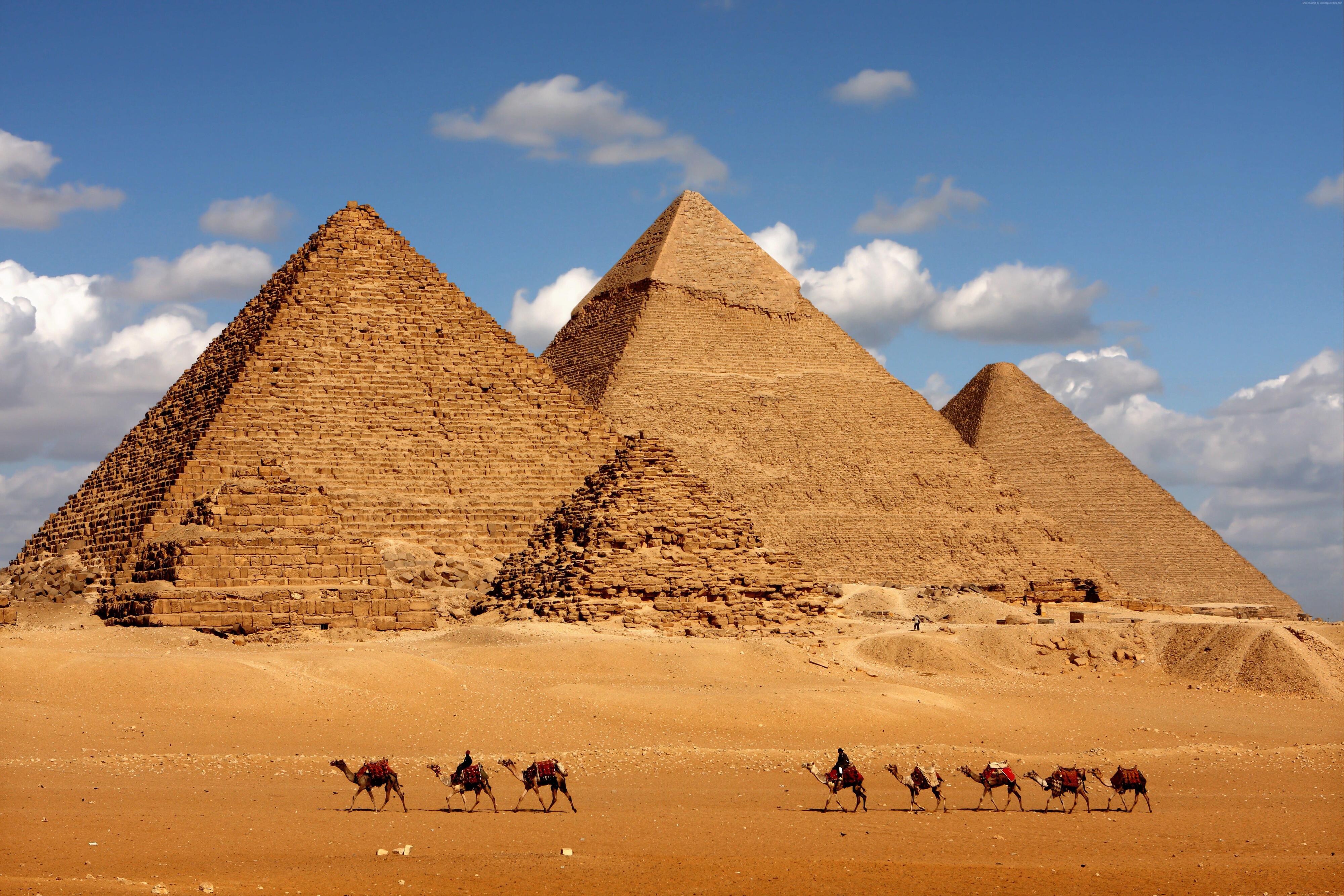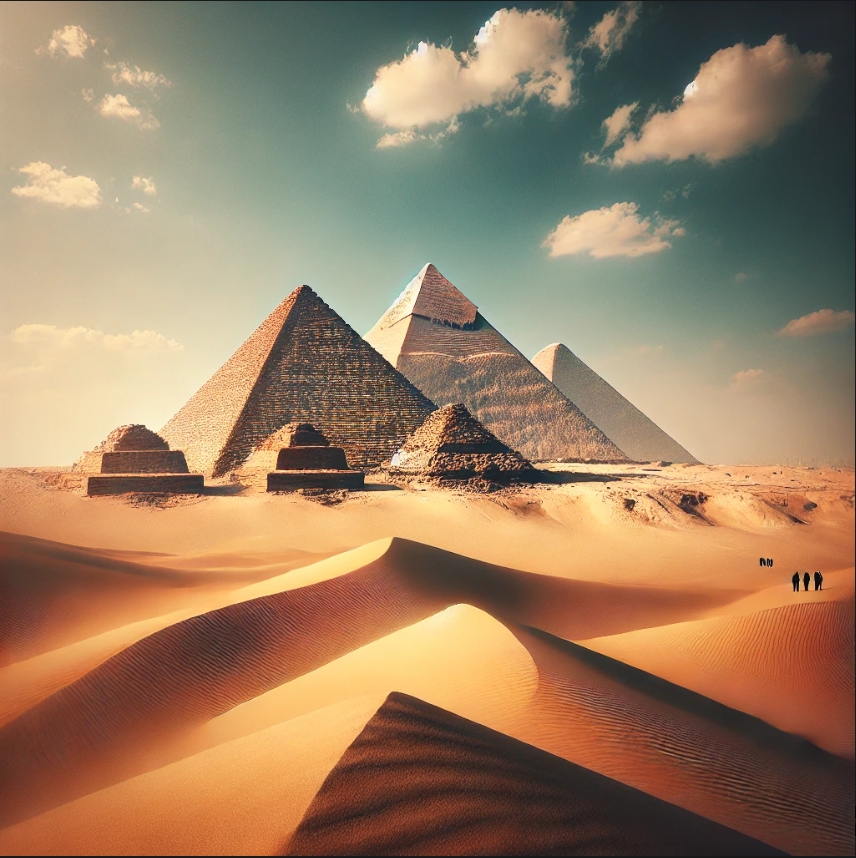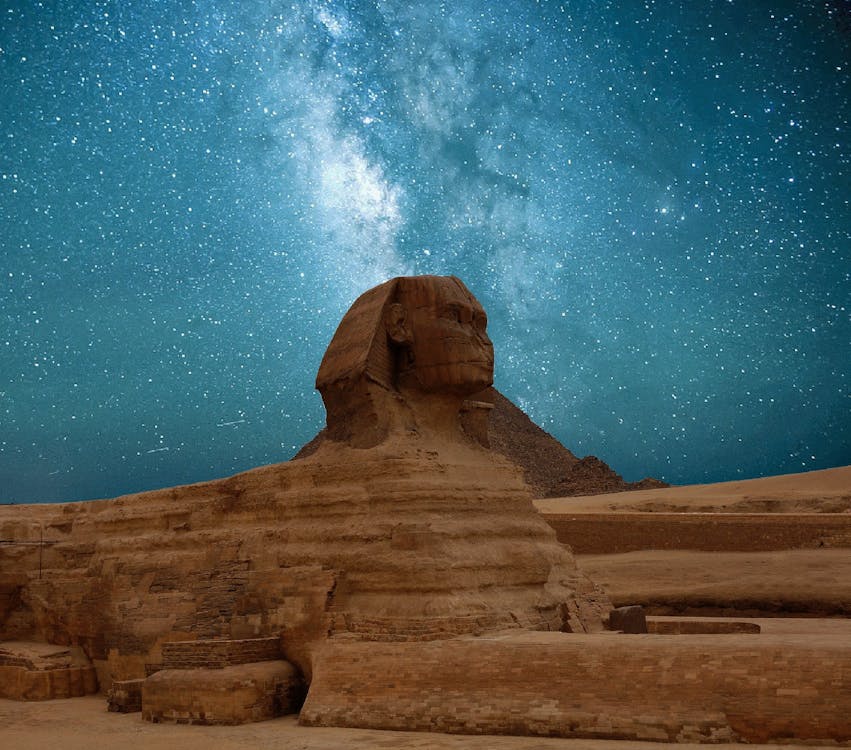기자 피라미드 & 칸 엘 칼릴리 올드 마켓에서 즐기는 즐거움
기간
8 Hours
투어 유형
일일 투어
그룹 크기
48 persons
위치
Giza
개요
📍 기자의 영원한 경이로움 탐험
• 전용 차량을 타고 **기자 고원(Giza Plateau)**으로 이동하며 하루를 시작하세요.
전문 가이드가 **쿠푸(Khufu), 카프라(Khafre), 멘카우라(Menkaure)**의 기자 3대 피라미드의 역사와 비밀을 생생히 들려드립니다.
• 점심: 현지 레스토랑에서 고급 이집트 전통 요리를 맛보세요.
📍 칸 엘 칼릴리의 숨겨진 보석들 발견하기
• 오후: 가이드와 함께 이슬람 카이로의 중심부로 이동해, 생동감 넘치는 칸 엘 칼릴리 바자르를 탐방합니다.
전통 향수, 수공예 보석, 고풍스러운 공예품으로 가득한 다채로운 골목길을 산책해보세요.
• 개인 쇼핑 체험: 가이드가 고급 수공예품 상점으로 안내하며, 희귀한 기념품, 골동품, 이집트 현지 상품을 만나볼 수 있습니다.
• 역사적인 카페에서의 여유: 바자르 내 가장 오래된 카페인 엘 피샤위(El Fishawi) 카페에서, 이집트산 민트 티를 마시며 고풍스러운 분위기를 만끽해보세요.
• 럭셔리 차량 귀환: 하루 일정을 마친 후, 우아하고 편안한 전용 차량으로 호텔까지 귀환하며 여유롭게 하루를 마무리하세요.
• VIP 낙타 체험 (선택사항): 사막과 피라미드를 배경으로 한 프라이빗한 낙타 체험으로 특별한 순간을 즐겨보세요.
• 전문 사진 촬영 (선택사항): 전문 포토그래퍼가 동행하여 추억에 남을 사진을 남겨드립니다.
포함/제외
여정
여행 스타일
자주 묻는 질문
무엇을 입어야 하나요?
투어 위치
리뷰
Extra prices:
Discounts:
- {{total_price_html}}
- {{pay_now_price_html}}






